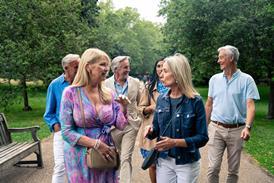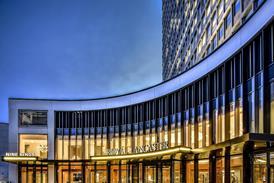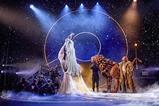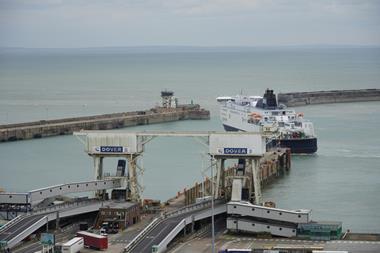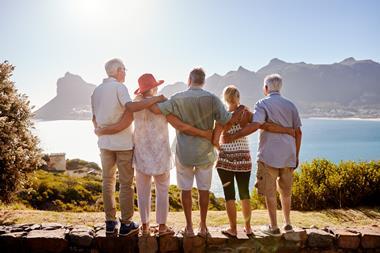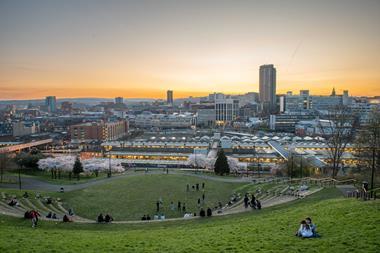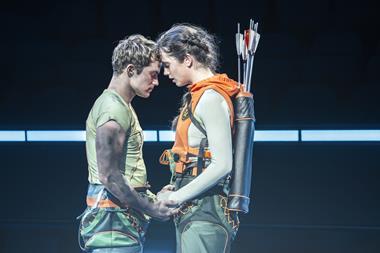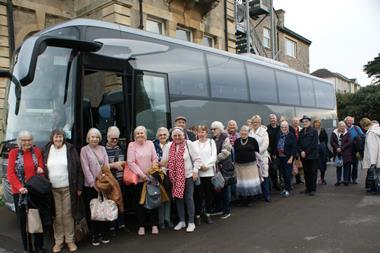Antique Roadshow’s medals and militaria expert Mark Smith talks about why everyone should do a battlefields tour and what he loves about the BBC show.
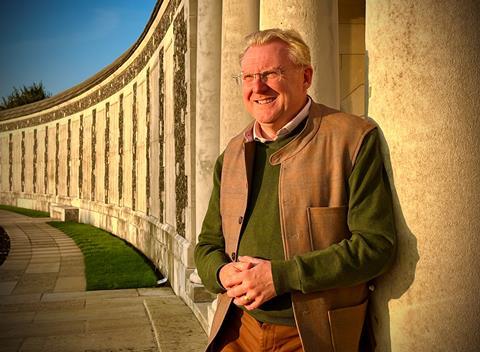
Tell me more about your experience as a tour guide…
I’ve been a battlefield tour guide next year for 40 years and one of the things that impresses me and keeps me going is the people who come on the tours are so interested in where they’re going to go and what they’re going to see, but at the same time, they’re so respectful of the lads who are still there.
What is it about visiting the battlefields in person that has such an impact?
We talk about these wars but to actually walk on the ground, where they walked and then to actually see the cemeteries is a really sobering experience but it’s done in a way in which people start to understand what these people did, what they went through and the sacrifices that they made. For me, personally, I take people on these tours so that the people who did these things, men and women, will not be forgotten.
“I get to tell the stories of these men and women who stood up when the time came, and I want everybody to know what these people did.”
Everybody, at least once, needs to go out to see the battlefields of the First World War just to understand the size of the sacrifice that these people made.
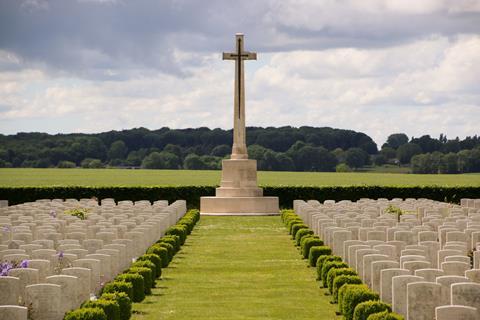
How do your tours work?
I try to do a battlefield tour from the perspective of the individual soldier; the person who would have been you. My grandads were both in the First World War, one was a private and one was a lance corporal. They went over the top as infantry.
When you come on one of my tours, which is called the ‘Story of the Pals; two years in the making, 10 minutes in the destroying’, we travel the whole of the line of the first day of the Battle of the Somme. We follow five ordinary soldiers, we have their photos, their medals, we stand on the field where they stood that day, and as the day progresses, we find out what happened to them.
But as you do that, I start to explain why the battle is happening. Instead of starting at the top, we start at the bottom and look at how the infantry solider fought the battle.
Where did your interest in battlefields come from?
My dad was an air gunner in the Second World War so my bedtime stories were stories of his raids. He would get his logbook, and we would start going out to the aircraft together, we started the engines, we flew across the enemy coast, then we’d come back, there was the egg and bacon. They were great stories but rubbish for bedtime, because I never went to sleep!
One day my nan gave me my dad’s medals. From one medal, we travelled the world because we’d get the atlas out and look at the climate in which they were fighting and so on.
Mark Smith at the 2025 Group Leisure & Travel Show
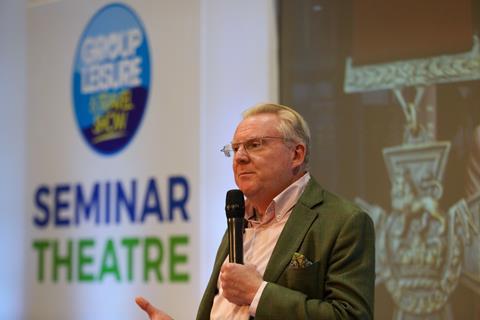
Mark was one of the speakers at this year’s event and shared some of his experiences of battlefield tours with visitors and spoke about some of the places groups can visit.
Read more in our show review here.
Your tours focus on the stories of individuals - where did that come from?
At about ten-years-old, my dad asked me why I thought a particular man joined the army? I said, to be a soldier and have a rifle. My dad said, maybe, but maybe he was just hungry and that was the only job he could get. That was when they stopped being medals, and they started being people.
I went to senior school and there was a box of books in the library and I bought a book called Old Soldiers Never Die by Frank Richards and I was hooked. For about 40 years, I didn’t read a book that wasn’t about the First or Second World War.
In my second year, a friend’s dad wrote a magazine called After the Battle. I was fascinated by the concept, which was to take photos from the time of the battle and then he went back to the battlefield and compared the photos. I started to go to the battlefields to take these photos and you would stand on these lanes, with a photograph of a German tank burning by the bushes, and then look in the ditch and there were still bits of the tank there.
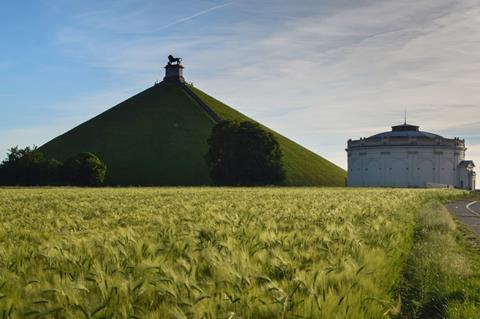
Where has your interest and work in battlefields taken you around the world?
My friends said to me one day, take us to the battlefields then for a tour, and I did. Over the years, I think I’ve taken more than 10,000 people out to battlefields around the world including the Somme, Ypres, Normandy, Gallipoli, Waterloo and Mons as well as America, India, Japan, Burma and Vietnam.
“We talk about these wars but to actually walk on the ground, where they walked and then to actually see the cemeteries is a really sobering experience.”
I’m closest to the Somme. What gets most people on a tour there is the scale of the fighting. It’s very small, 14 miles long by about six miles wide and there’s about 800 cemeteries which is the bit you can’t get over. It’s when you say to people, you are standing on a piece of ground here and if we draw a circle about six foot around you, someone about 19 years old bled to death in that circle for every six feet of the front in just one hour on 1st July, 1916.
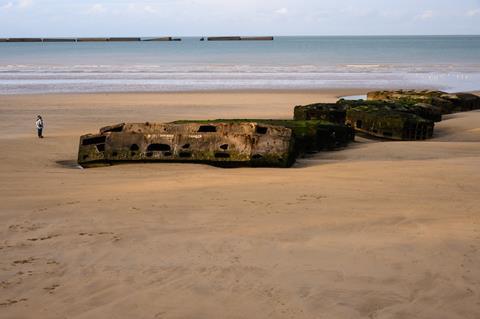
The tours are poignant, but is it too heavy for some?
Well we do have fun too because the soldiers had fun - it wasn’t all miserable and dreadful; they drank beer, they laughed, they played football. In the same vein, we talk about the fighting and the sacrifice they made but we also enjoy the same camaraderie that they enjoyed on the tour, with dinners in the evening and a few beers at the bar.
Do you do any tours in the UK?
I do The Battle of Hastings and Culloden, as well as a Bomber Command tour in Lincolnshire. We stay at The Petwood Hotel which was the headquarters of 617 Squadron, the Dambusters.
We go to RAF Kirkby and there’s the opportunity to have a taxi run in a real Lancaster, then we visit the Blue Boar Hotel; the money the crews put down for the next round of beer is still above the bar because they were killed before they could return.
Why is it so important for these stories to still be told?
You can’t forget what these people did. The moment you start forgetting, you start doing it again. The people who come on the battlefield tours recognise at the end of it that these people were incredible and that it was such a dreadful waste of life.
The battlefield tours bring the stories and history to life. People come back over and over again. For example, I have taken one group of 50 people on a battlefield tour every year since 2004.
“I’ve always believed that that what I was here for was to tell people what these guys did and it all fell in one place in one huge jigsaw puzzle.”
What makes a good battlefield tour guide?
When I first started, I went on battlefield tours run by companies and their guides read a script. That’s not battlefield touring; that’s reading a script standing in the field.
You’ve got to be passionate. It’s not a job. You have to be a nerd with so much interest and passion about battles that when you actually get to the battlefield, in your head, you can see it happening.
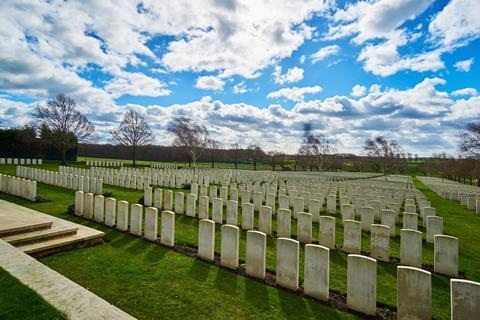
You have been on Antiques Roadshow since 2014, why do you enjoy it so much?
One of the things people don’t realise is that we don’t know what’s coming until the item comes out of that carrier bag. And there’s no internet in the field in the middle of Northumberland so you can’t go and look it up.
When the medal comes out of the bag, you have to know what it is, what war, what it’s for, what country, what year and what it’s worth. And then you ask, where did you get it from – and that’s where the story starts.
I’m looking for that hook, something interesting, something I can tell the viewers about. When you start talking to them, you already know where you would like this story to go and as the story starts to unfold, you’re thinking about that. I see about 300 people in a day, and I end up filming somewhere between three and five items.
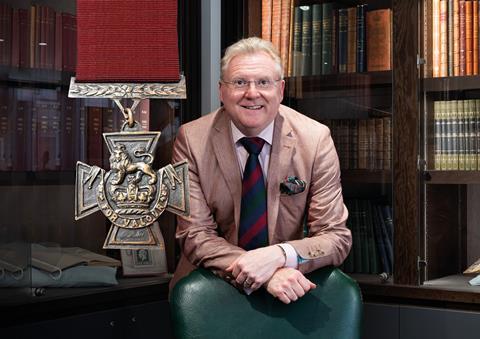
Do you still get surprised by people and items that people bring?
Everything that comes out of a carrier bag is a wow. I genuinely just love all of it. When someone has bothered to bring it all that way to show me, it’s amazing. I’m fascinated to see every single thing that people bring; I’m so excited about it.
It truly is an honour. I get to tell the stories of these men and women who stood up when the time came, and I want everybody to know what these people did.
I’ve always believed that is what I was here for; to tell people what these guys did and it all fell in one place in one huge jigsaw puzzle.


